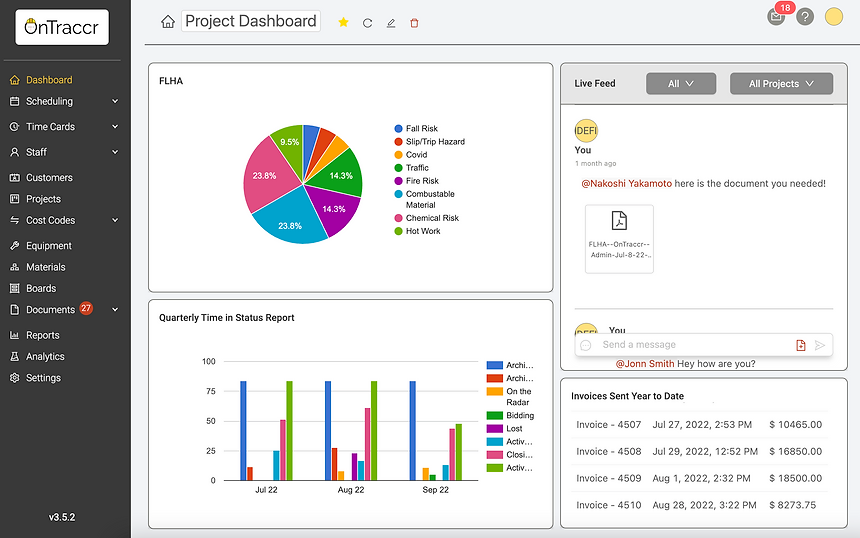The construction industry is constantly evolving, and in order to remain competitive, construction companies must continuously strive for improvement. One way to achieve this is through performance measurement and reporting.
Performance measurement and reporting involves collecting and analyzing data on various aspects of a construction project, such as safety, quality, cost, and schedule. This data is then used to identify areas of improvement, set targets, and monitor progress.
Benefits of Performance Measurement and Reporting
Performance measurement and reporting can provide a number of benefits to construction companies.
Firstly, it can help to identify areas of improvement and set targets for improvement. By tracking performance data, companies can identify where they are falling short and set targets for improvement. This can help to drive continuous improvement and ensure that the company is always striving to do better.

Performance measurement and reporting can also help to improve safety on construction sites. By tracking safety data, companies can identify where safety incidents are occurring and take steps to prevent them from happening in the future. This can help to create a safer work environment for employees and reduce the risk of accidents and injuries.
Additionally, performance measurement can even help to improve the quality of construction projects. By tracking quality data, companies can identify where defects are occurring and take steps to prevent them from happening in the future. This can help to ensure that projects are completed to a high standard and meet client expectations.

Lastly, companies can improve project delivery by properly measuring performance. By tracking data on cost and schedule, companies can identify where projects are falling behind and take steps to get them back on track. This can help to ensure that projects are completed on time and within budget.
Steps for Implementing Performance Measurement and Reporting
Implementing performance measurement and reporting in a construction company requires a systematic approach. The following steps can be taken to implement a successful performance measurement strategy:
1. Identify key performance indicators (KPIs)
Identify the KPIs that are most important to your construction company, such as safety, quality, cost, and schedule.
2. Collect data
3. Analyze data
Analyze the data collected to identify areas of improvement and set targets for improvement.
4. Develop an action plan
Develop an action plan for addressing the areas of improvement identified through data analysis.
5. Implement the action plan
Implement the action plan and track progress.
6. Monitor and evaluate performance
Monitor and evaluate performance regularly to ensure that progress is being made towards the identified targets.

Challenges of Performance Measurement and Reporting
While performance measurement and reporting can provide many benefits to construction companies, there are also some challenges to be aware of. One of the biggest challenges is collecting accurate data. Data collection can be time-consuming and labor-intensive, and it can be difficult to ensure that the data collected is accurate and reliable.
Another challenge is analyzing the data. Data analysis requires specialized skills and knowledge, and it can be difficult to identify patterns and trends in the data.
This is why it's important to leverage a modern construction management platform to both collect and analyze data across various parts of your construction operation. Whichever tool you choose, it should be great at not just capturing data in various forms, but also presenting the data back to managers in an actionable manner.
For example, a highly configurable Construction Workflow Automation (CWA) platform like Ontraccr can let you customize exactly how your teams should be capturing data across the field to the office, while also allowing managers to build custom data dashboards to view key insights in real-time.

Implementing performance measurement and reporting can be a challenge in itself. It requires a cultural shift within the company and a commitment to continuous improvement, but the process becomes a lot easier by making use of the right software tool.
Final Thoughts
Performance measurement and reporting can provide a powerful tool for driving continuous improvement in construction companies. By collecting and analyzing data on various aspects of construction projects, companies can identify areas of improvement, set targets, and monitor progress. However, implementing performance measurement and reporting requires a systematic approach and a commitment to continuous improvement.
While there are challenges to be aware of, the benefits of performance measurement and reporting are clear. By continuously striving for improvement, construction companies can remain competitive and ensure that they are delivering high-quality projects on time and within budget.






